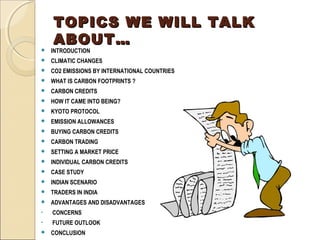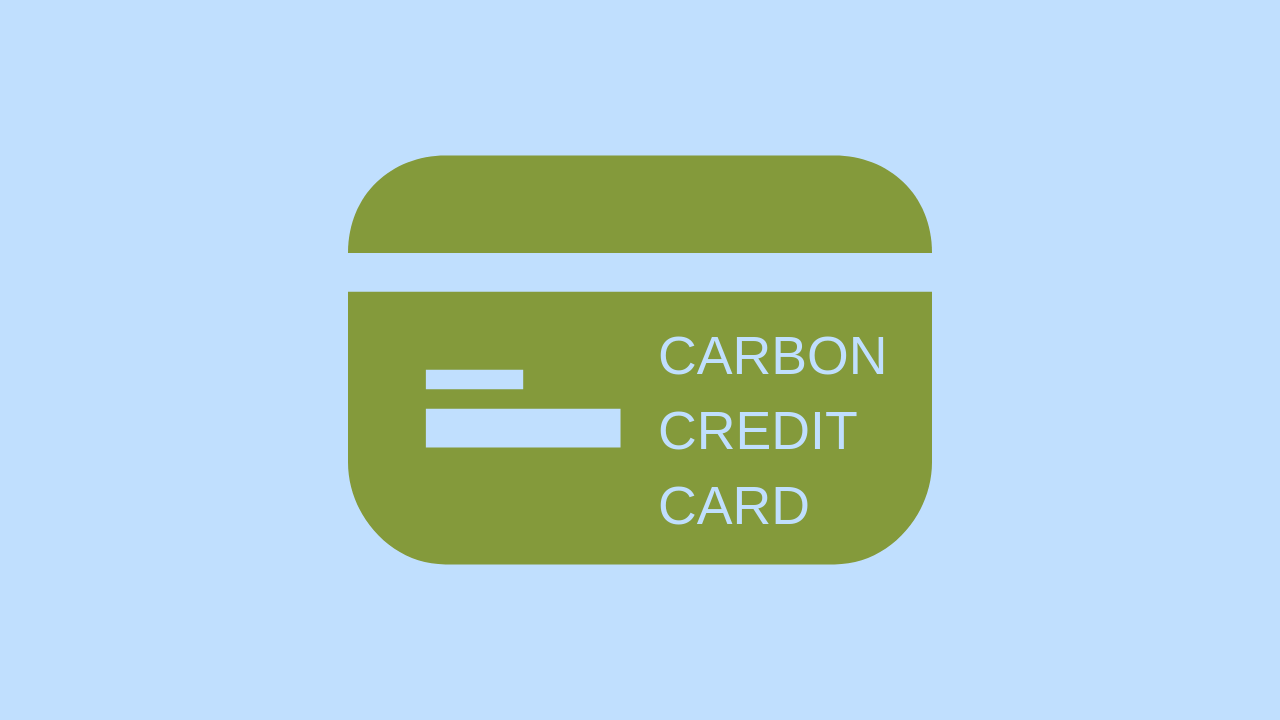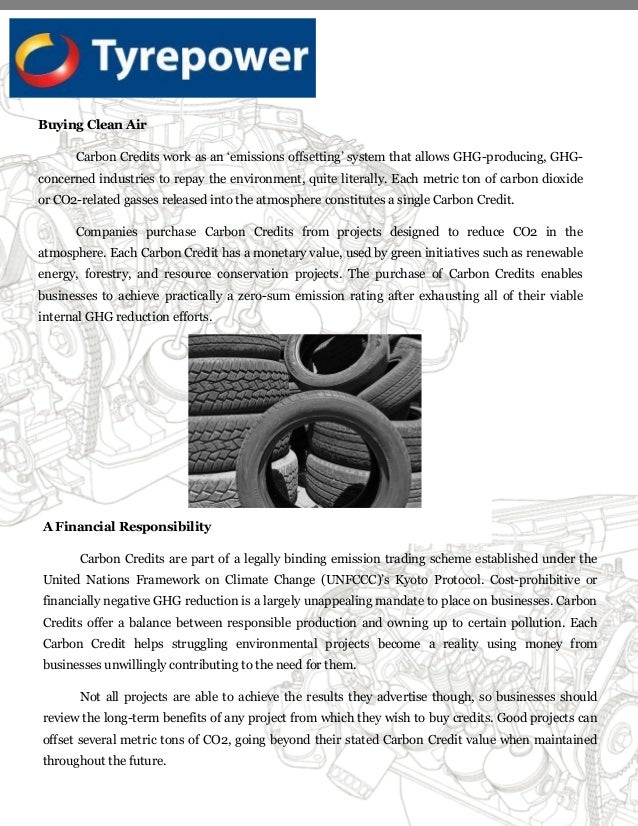


They naturally sequester carbon in the environment. Nature-based solutions usually include reforestation and wetland restoration projects. Carbon reduction projects generally fall into two types: nature-based and technology-based. On the other hand, carbon offsets (also called carbon offset credits) are from projects or initiatives that reduce or remove carbon emissions. Over-emitters buy carbon credits from under-emitters. In short, the governing organization creates carbon credits and allocates them to individual companies within that jurisdiction. But if the company goes beyond the limit, it can turn to the carbon market to buy the required carbon credits. If that company doesn’t go above its cap, then it will have excess carbon credits which they can sell in the compliance carbon market regulated by the government. So, they’re also called a “cap and trade” system. The number of credits issued to a company corresponds to its emissions limit or “cap” set by a regulatory body. You can think of them as a unit of measurement for CO 2 e emissions that have a tradable element. While they’re very similar, they’re not the same.Ĭarbon credits, also known as carbon allowances, work like permission slips for emissions. It’s important at this point to say that carbon credits are often referred to as carbon offsets.

One carbon credit represents one tonne of CO 2 or its equivalent (CO 2 e) gas that an organization can emit. But how do they work in fighting climate change? How Do Carbon Credits Work?

So, if we want to stop the planet from heating up more, we need some solutions up our sleeves. These gasses are the ones to blame for the earth’s rising temperatures. In 2022, around 41 billion Mt of greenhouse gasses were emitted, up from 36 billion Mt in 2016. The world has seen billions of metric tons (Mt) of CO 2 pumped into the air every year. But the new regional markets have prompted a surge of investment. International carbon trading markets have been around since the 1997 Kyoto Protocols. These markets turn CO 2 emissions into a commodity by giving them a price. These permits are tradable in carbon markets. In essence, carbon credits serve as permits to emit a certain amount of carbon. The goal? To incentivize emitters to pollute less, ideally. The idea behind carbon credits is to put a price on carbon emissions. Regardless of the different views on carbon credits, getting them explained in this article will help clarify things and answer your most pertinent questions about them. …But many more find them an essential market mechanism to help reverse the effects of climate change. Yet, some consider them as a greenwashing tool for some reason… Others think that carbon credits can help companies meet their climate goals by reducing emissions and advancing sustainable business practices. Many believe that they are instrumental in promoting both corporate sustainability and global sustainable development. As they do that, more people are asking what carbon credits are, how they work, and what role they’ve got in fighting the climate crisis. As the world continues to experience out-of-this-world disasters, polluters are under more fire to help clean up the planet-warming carbon they dump into the air.


 0 kommentar(er)
0 kommentar(er)
